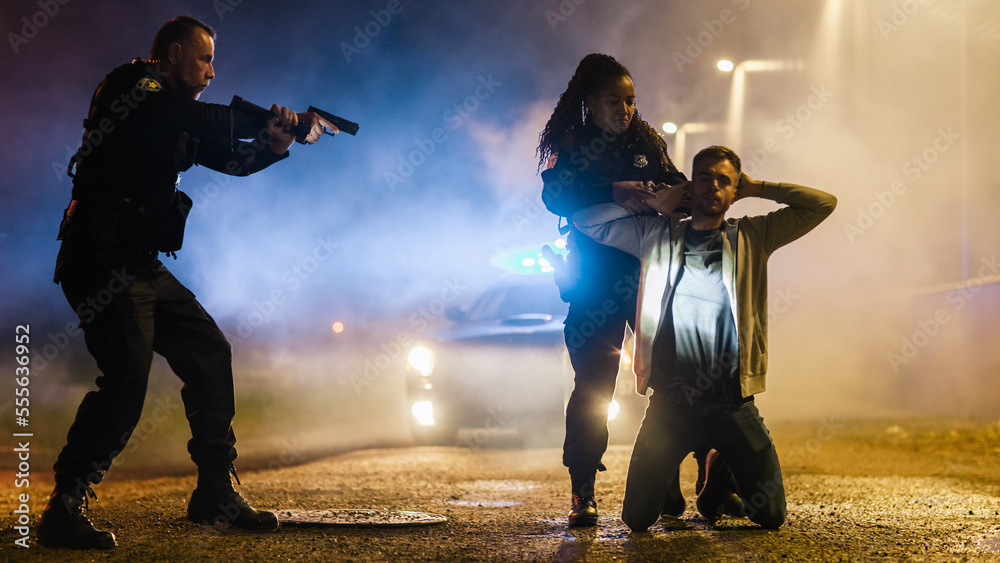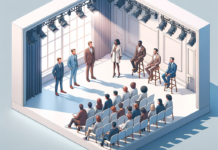Public opinion rest on the dangers of being a police officer or first responder to dangerous situations. No one knows what they are walking into when they are called to respond to a suspect plagued with a psychological illness or psychotic criminal mind. Nevertheless, these incidences are rare, and unless they have been shot at, no police officer has the right to kill another human being based on their own personal fears.
Yet, respect is due to police officers especially in these times where people have legal rights to carry guns without permits and there are no real background checks and balances as to who can have a military-grade weapon. Laws and policies have been introduced that strengthen training for police to address dangerous situations when handling mental instability in the public, but the training does not extend to the mental state of the officers. In fact, officers are given immunity if they overreact when responding, regardless of what actually happened.
Likewise, with respect for the officers and the current climate of the militarization of the police, if a person knows they have done nothing wrong, there is no reason to question why an officer pulled them over or accosted them, unless it is undeniably irregular. The current climate, unfortunately, can account for some strange police behavior.
The grey area of compliance with police officers is buried in the split-second moments where the suspect and the officer interact. Many of those moments have been captured by video cameras from bystander phones and police body cams, but the details can become confusing in police reports and witness testimonies afterward.
In the instance of a police killing of a suspect, after the facts are publicized, opinions surface on whether the suspect complied or not with police, which somehow validates whether or not the police had the right to shoot and kill them. The question is always asked, “was the officer’s life or the lives of the public in danger?” Many times, in police acquittals, the answer is yes, the police officer feared for their lives and felt the need to kill the assailant. Thus, reducing their penalty or setting them free altogether.
The problem with this outcome is that many officers have been wrong. The deceased, come to find out, was no threat to them or the public but was simply at the mercy and split-second judgement of the officer. Unfortunately, allowing police to get away with murder so many times in the past has desensitized the public into siding with officers and blaming the suspect for not complying. To which they would have not been killed. And furthermore, placing the judgment of suspects who in fear, question whether or not they are going to get killed also.
But the situation of compliance runs deeper than just written reports and testimonies. It runs to the core of human civility and whether or not the shooter acted within reason of decent and basic common sense, which is to carefully review the situation logically and determine that no one actually needs to die, but can first of all be restrained, incapacitated or simply talked down.
This humane and common sense reaction has apparently been left out of the training handbook for officers as they are told to shoot to kill if they feel their life is being threatened, which many times it is not. The current stock of police officers throughout the country lacks the ability to determine whether or not the situation calls for a killing or a simple talk with the suspect.
Furthermore, not only have police officers fallen short of critical thinking skills (or mercy) by which they can save a life, but they have been brainwashed to believe that the public deserves to die if they do not comply with whatever commands they bark, no matter how illogical the commands are. Police are trained to be murderers, not protectors. They are basically promised they will not get in trouble if they kill someone.
Compliance with the police is not a matter of anyone outright defying the police; it is a matter of police believing they have the right to kill anyone for anything they believe they can get away with. This leads to personal attitudes of invincibility, authoritative prestige, and the bombastic practice of bullying. Not to mention the racial and class dynamics of these many interactions between the police and the public, which propels police attitudes to that of judge, jury and executioner.
In brief, no one, not even police, have the right to kill another human-being simply because they do not comply, but only if the officer’s life has been threatened beyond a reasonable doubt. Find out first if the suspect has a gun or the intentions to kill before taking their life. If not, that officer has confessed to murder before the public and his own creator.
DISCLAIMER: The content of Pro Liberation is firmly opinionated and is not meant to be interpreted as official news. We glean facts and quotes from mainstream news websites and abridge its meaning for readers to relate. We do not indulge in misinformation, conspiracy theories, or false doctrine but choose to express our right to free speech as citizens of this country and free born under God the Creator. We represent Nu Life Alliance Inc. a non-profit organization in the battle for social and economic justice. Donate to our cause at the following link. DONATE














